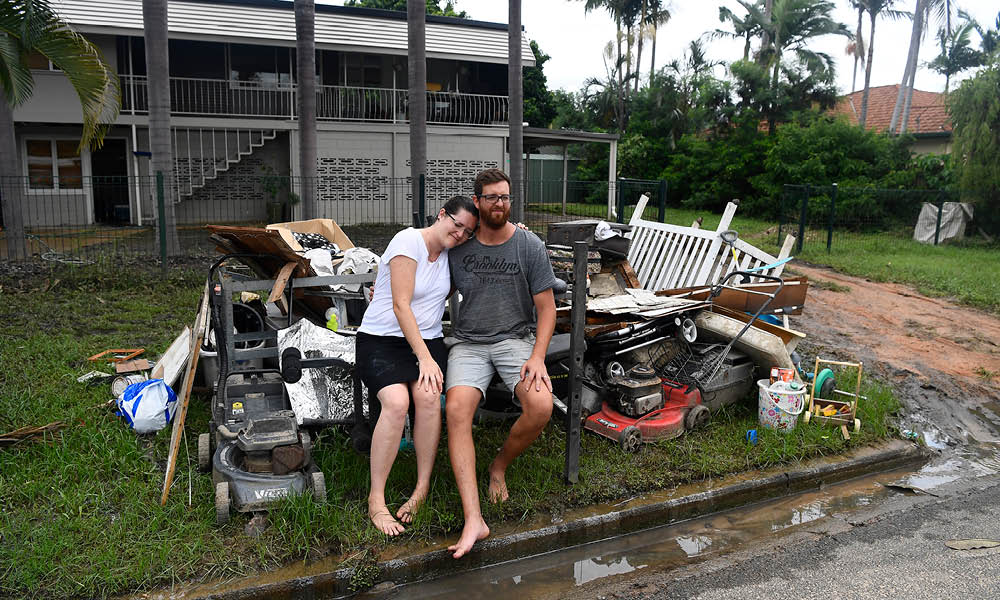Recent wild weather in the wake of ex-Tropical Cyclone Kimi has renewed focus on the difficulties experienced with insurance in northern Australia.
With increased rain and storms across Queensland fuelled by the La Niña weather pattern, it is timely the Australian Competition and Consumer Commission (ACCC) has released its final report in the three-year Northern Australia Insurance Inquiry.
The report found that rising insurance costs are leading to higher rates of non-insurance in northern Australia, leaving more households and communities financially vulnerable to the impact of severe weather events.
It also notes that insurers are increasingly assessing and pricing risk, based on a home or building’s individual characteristics and address rather than at a postcode or regional level, especially for cyclone or flood risk. This has resulted in very significant premium increases for some households.
“This inquiry has examined insurance in northern Australia in unprecedented breadth and detail,” ACCC Deputy Chair Delia Rickard said. “We know that there are real reasons for more expensive insurance premiums in northern Australia. The risk of extreme weather is higher and it can be costly for insurers to service these regions. However, different insurers can quote vastly different premiums for the same property. While many consumers could save by switching, it is harder than it should be for consumers to shop around.”
The ACCC has made 38 recommendations in this final report, including recommending that, if governments want to provide immediate relief to consumers facing acute affordability pressures, subsidies be used in preference to other measures such as government reinsurance pools.
“We have heard first-hand how many residents of northern Australia are struggling to find suitable and affordable insurance in this market, and the considerable impact this is having on them and their communities,” Ms Rickard said.
Read more on the ACCC website.
According to World Meteorological Organisation, La Niña refers to the large-scale cooling of the ocean surface temperatures in the central and eastern equatorial Pacific Ocean, coupled with changes in the tropical atmospheric circulation, namely winds, pressure and rainfall.
In Queensland it usually adversely affects temperatures, precipitation and storm patterns, particularly bringing flooding rains and increased cyclone activity to the Queensland coast.






Share this article